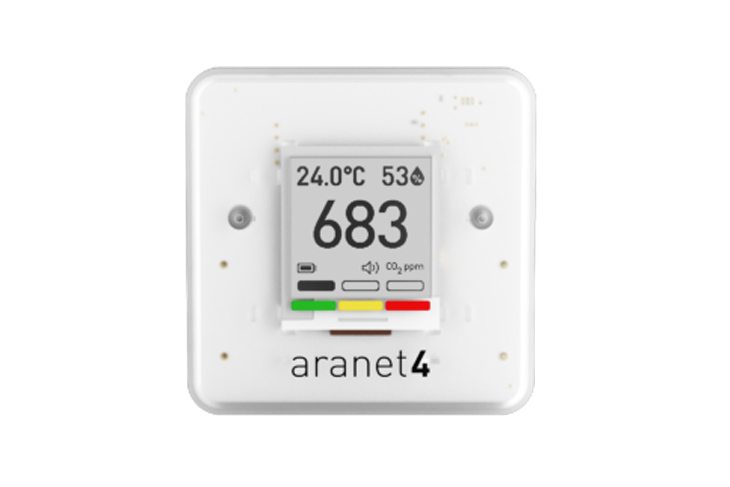Indoor air quality (IAQ) is a significant concern, and poor ventilation is one of the primary factors contributing to poor IAQ. Inadequate ventilation allows pollutants and contaminants to accumulate indoors, which can adversely affect human health. One of the effective ways to address poor ventilation is by monitoring CO2 levels in indoor spaces. CO2 monitoring can help root out poor ventilation and improve IAQ. However, over-ventilating buildings can also be costly to the environment, and it is essential to strike a balance between providing adequate ventilation and minimizing environmental impact.

Poor ventilation and IAQ
Poor ventilation can lead to a buildup of various contaminants indoors. These include pollutants from building materials, furniture, and cleaning products, as well as biological contaminants like mold and bacteria. Furthermore, the accumulation of carbon dioxide (CO2) can indicate that the indoor air is stale and that there is insufficient fresh air exchange. Elevated levels of CO2 can also cause discomfort, headaches, and fatigue, and may reduce cognitive performance.
CO2 monitoring for better IAQ
CO2 monitoring can help identify areas with poor ventilation and provide insights into how to improve IAQ. The presence of CO2 indicates that indoor air is stale and needs fresh air exchange. In addition, monitoring CO2 levels can help determine the amount of outdoor air needed to dilute indoor pollutants effectively. CO2 monitors can provide real-time data on CO2 levels, enabling building managers to identify and rectify ventilation problems before they become severe. Moreover, some CO2 monitors can be integrated into building management systems, allowing for more efficient and targeted ventilation strategies.
Over-ventilation and its environmental impact
While ventilation is essential for good IAQ, over-ventilation can lead to energy waste, unnecessary emissions, and negative environmental impact. Over-ventilation can cause buildings to lose heat, which can increase the energy needed for heating or cooling. This, in turn, can lead to more greenhouse gas emissions and increased energy costs. Furthermore, over-ventilation can also lead to increased humidity levels, which can promote the growth of mold and bacteria, leading to potential IAQ problems.
Balancing ventilation and environmental impact
Achieving a balance between providing adequate ventilation and minimizing environmental impact requires careful planning and management. One way to achieve this is by implementing demand-controlled ventilation (DCV), which adjusts the amount of outdoor air based on real-time occupancy and indoor air quality data. DCV systems can save energy by reducing ventilation rates when spaces are unoccupied, and when IAQ is good, while increasing ventilation rates during periods of high occupancy or poor IAQ. Furthermore, DCV systems can also help optimize HVAC system performance, leading to additional energy savings.

In conclusion, CO2 monitoring can help identify and address poor ventilation, thereby improving IAQ. However, over-ventilation can lead to energy waste and negative environmental impact. Achieving a balance between providing adequate ventilation and minimizing environmental impact requires careful planning and management, which can be achieved by implementing demand-controlled ventilation systems. By prioritizing IAQ while minimizing environmental impact, building managers can create healthy and sustainable indoor environments.
